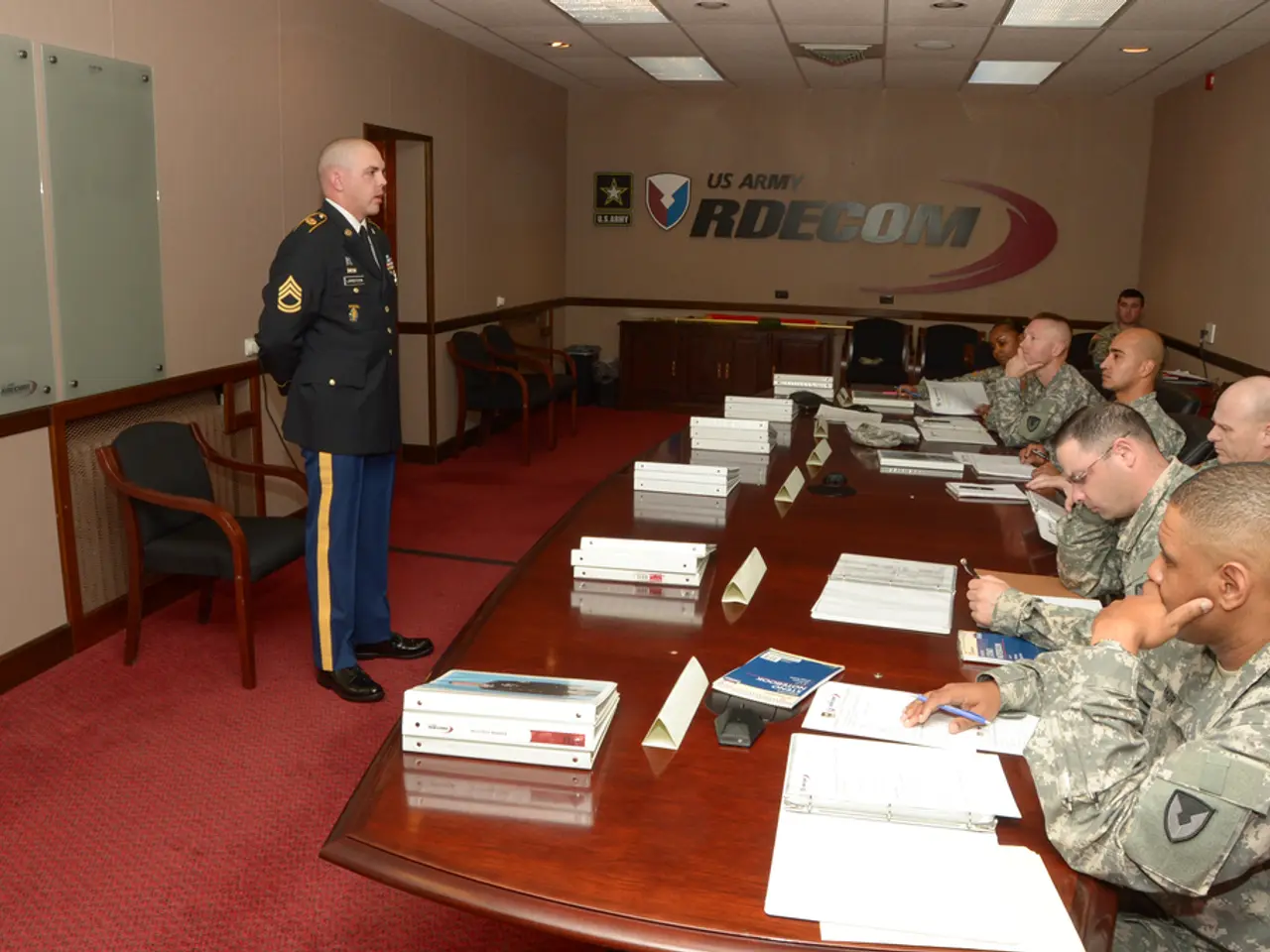Military Records: Non-Archived Personnel Documents (OMPF)
The Official Military Personnel Files (OMPFs) of veterans and service members hold valuable information about a person's military career. However, access to these files varies depending on the branch of service and the requester.
OMPFs contain a wealth of data, including service records, health and medical records, and other documents. For more details on the location of these records, you can refer to the Records Location Table.
Veterans themselves have full access to their OMPFs. They can typically request their files through the National Archives or the Department of Veterans Affairs (VA). The DD214 form, a vital military separation document, is included in these files [4].
For immediate family members or authorized third parties of deceased veterans, access is more restricted. They can request a deceased veteran’s DD214 form with proof of death, such as a death certificate or obituary [4]. However, recent VA policies (as of mid-2025) have limited the release of complete benefits claims files (C-Files/XC-Files) for deceased veterans. Instead, the VA provides only a summary of genealogical information for next-of-kin requests [2]. This policy change has created significant limitations on access to full non-archival personnel records for next-of-kin.
The general public has very limited access to non-archival OMPFs. Typically, OMPFs of veterans who separated before 1960 are considered archival and publicly accessible for research under the National Archives rules, subject to fees [3]. However, non-archival (more recent) files are generally protected by privacy laws and restricted, especially for living veterans or their files, and are not publicly available unless authorized by the veteran or next-of-kin with valid proof.
It's important to note that military personnel records are open to the public 62 years after the service member's separation from the military. This means that records of any veteran who separated from the military 62 (or more) years ago can be ordered by anyone for a copying fee.
Unfortunately, a fire at the National Personnel Records Center (NPRC) in 1973 destroyed approximately 16-18 million OMPFs. The Army records affected are those of personnel discharged between November 1, 1912, and January 1, 1960, with an estimated loss of 80%. The Air Force records affected are those of personnel discharged between September 25, 1947, and January 1, 1964 (with names alphabetically after Hubbard, James E.), with an estimated loss of 75%.
For the Army, OMPF access is available for veterans and next-of-kin who have discharge dates up to September 30, 2002. For the Navy, it's up to December 31, 1994. For the Coast Guard, it's up to September 30, 2006. For the Air Force, it's up to September 30, 2004. For the Marine Corps, it's up to December 31, 1998.
Active Military, Inactive Reserves, or National Guard personnel records are not maintained by the NPRC. For more information on the National Archives and Records Administration, Old Military and Civil Records Branch, see the relevant section.
For those interested in requesting copies of older military service records, you can find more information in the Requesting Copies of Older Military Service Records section. For details on the records affected by the 1973 fire and the alternate sources used to reconstruct basic service information, see the 1973 Fire section.
Finance-related news might report on the potential impact of the access restrictions on the Records Location Table for deceased veterans' OMPFs, affecting genealogical research or estate settlement processes.
General-news outlets could cover stories about the limited access to non-archival OMPFs for the general public, highlighting the implications for researchers, military historians, or individuals seeking personal family history information.




